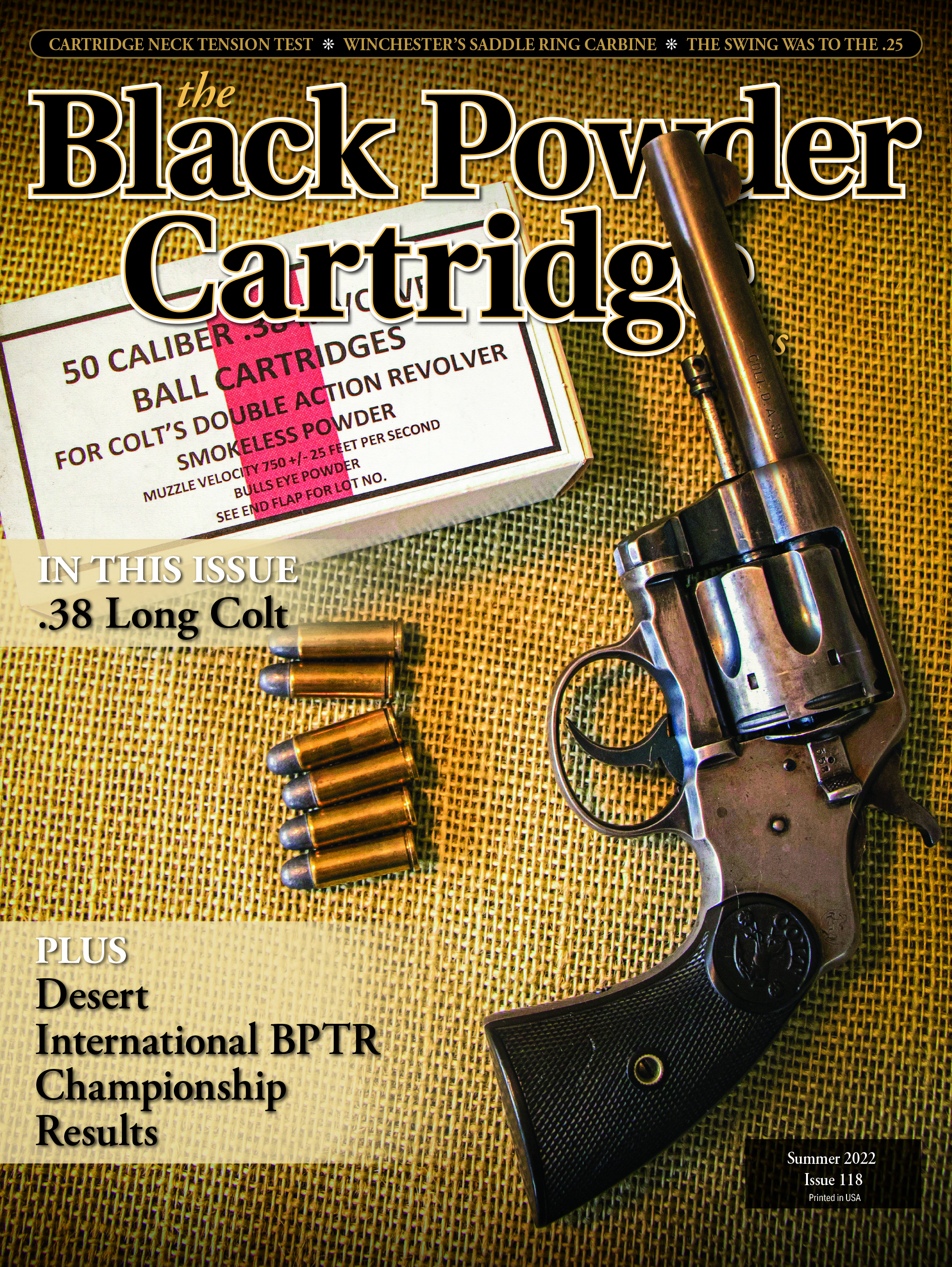Be More Than a Wannabe - Part VI
How To Prepare for Travel to International Cometitions
feature By: Edwin Decker | June, 22
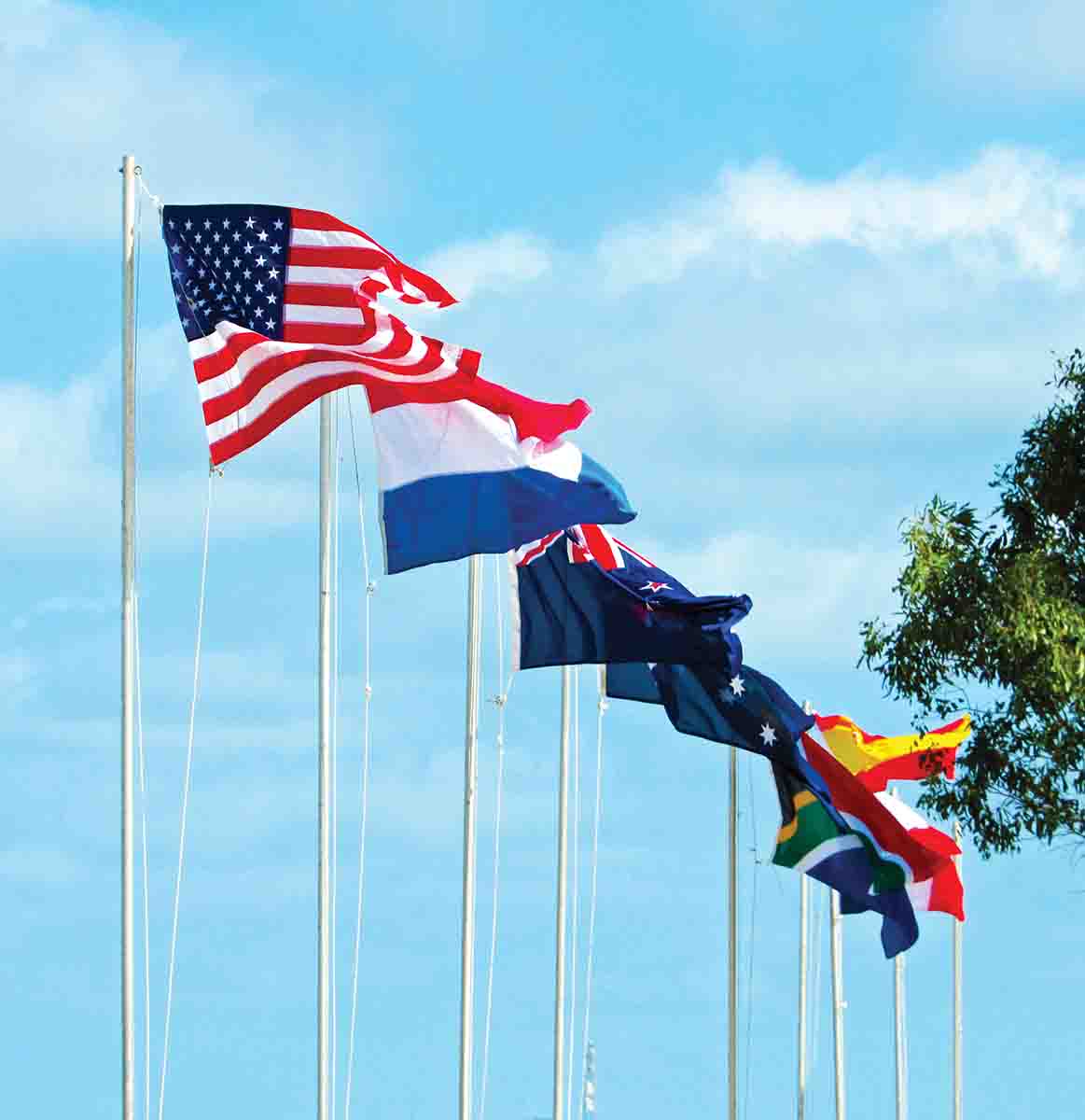
The only way a shooter will ever be able to compete well is to shoot with the best. Don’t be afraid to do this because you are a newbie or because you don’t shoot very well. All of the good shooters started at the beginning and are glad to help novices. With practice, and hanging out with more accomplished shooters, you can move up the ladder if you have the passion and desire to do what it takes.
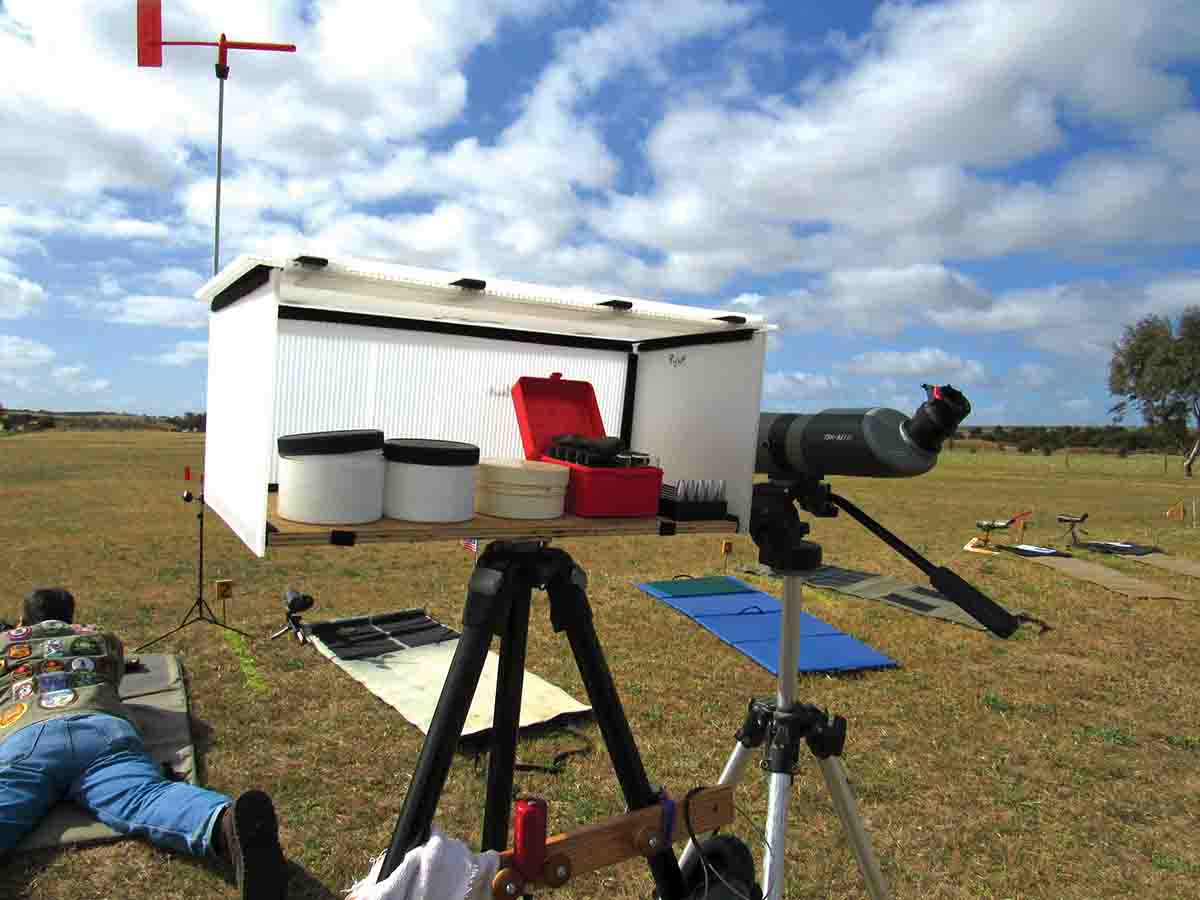
It’s up to the captain of the U.S. team to decide who gets to go. Each country is allowed up to 16 shooters with reproduction rifles and unlimited shooters with original rifles. Every competitor needs the experience of traveling abroad. It will make you a better rifleman and you can’t learn that sitting at home. However, you must make a real effort in preparation. Everyone has the opportunity to shine in the individual matches at 300, 500, 600, 900 and 1,000 yards, then there are the midrange and long-range team matches. The captain will choose four shooters to compete in the team midrange match, and four shooters to compete in the long-range team match.
Traveling to a World Championship is a wonderful experience, where you get to meet other shooters from all over the world and make lifetime friendships. Arleen and I have fantastic memories from all the countries we have visited and continue to correspond and visit many of the great people we have met.
Now to the subject at hand; how do I travel with all that stuff?
First, you need to take your rifle to your local U.S. Customs Office and get a Certificate of Ownership. Then, check with your airline for all its rules about firearms, how many bags you can check, the weight limits and the same for carry-on luggage. Make a checklist of all the items you need to take so you don’t forget something. Decide how you plan to pack to avoid extra charges for baggage. If you and your spouse are traveling together, it makes a big difference. Traveling alone is more challenging to keep within baggage/weight limits.
There are things to consider. Don’t rely on the host country to provide an adequate shooting stand. Make and take your own, and it must be windproof and rainproof. Make your stand months in advance so you can try it out, get used to it, and know it will stand up in extreme weather, wind and rain. I have had my shooting kit blown up in the air and all the contents scattered on the ground. I had a stand provided by a host country blow over and my rifle landed in the mud, bending my sights. I vowed never again to rely on the host country to provide me with a shooting stand. Believe me, make and take your own wind and rainproof stand! At our last world championship, I required everyone to make and bring their own stand and it saved our bacon. Our team shot in rain and in 20-30 mph winds. We won the long-range team match because of excellent shooting and I’m sure our weatherproof shooting stands played a huge part.
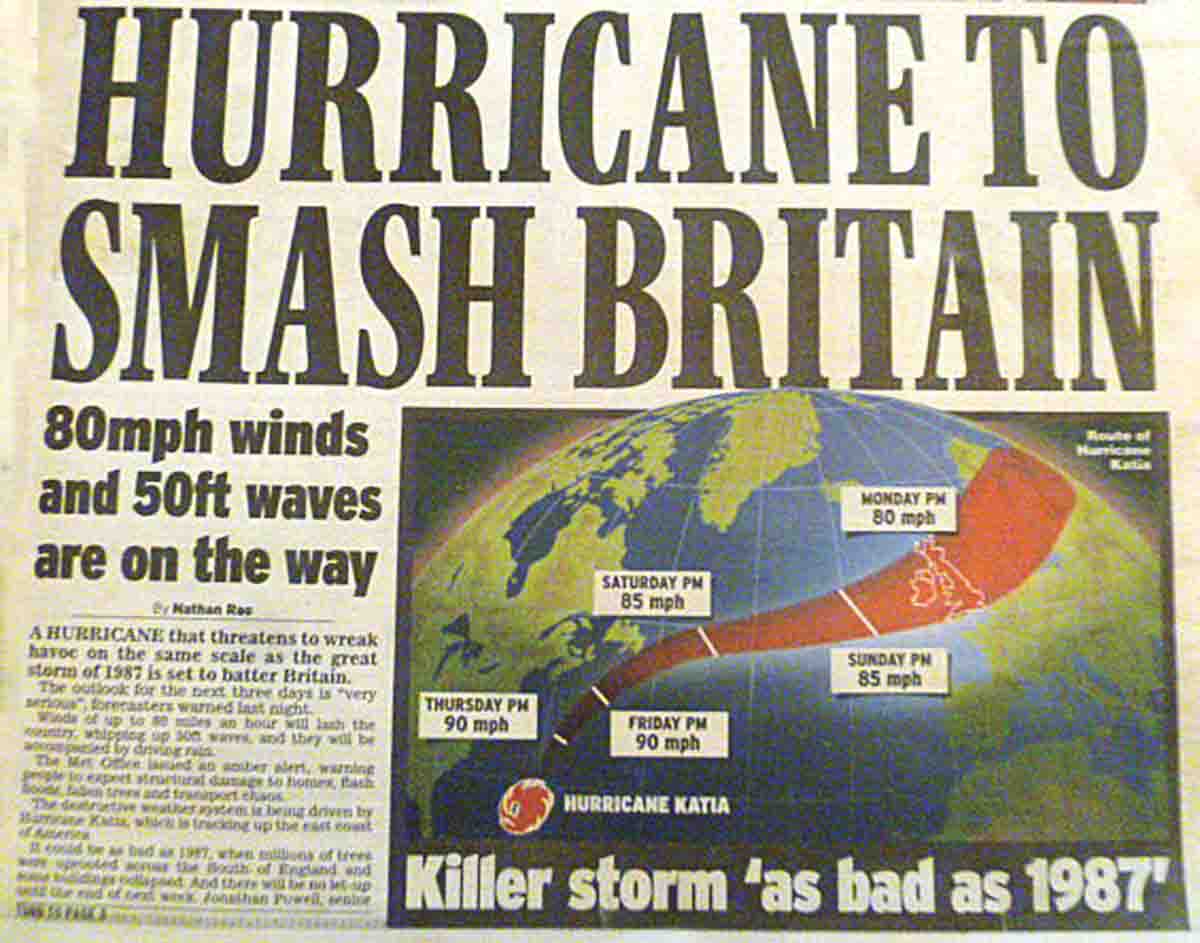
It is also a good idea to take an extra pair of front and rear sights, just in case. I usually ask the manufacturer of my sights to loan me a set of sights, and at the end of the competition I was always able to sell them to a foreign shooter as they were glad to get them without having to pay shipping costs.
Someone on the squad (or yourself) needs to take a few basic tools. I have seen a lot of rifle problems happen after competition starts. Always get to the range early and get set-up or you may find yourself looking for a parking space or a spot to set-up your gear. On some international ranges you can drive up to the line, while at others you have to carry your gear a considerable distance. Find out what the logistics are before you go. If you will need to carry your gear a distance, buy a small folding two-wheel cart. Put all your gear in a duffle bag and bungee the bag to the cart. One year, I added a set of wheels to my gun case and a handle at the other end, and bungeed my duffle bag to the gun case. This worked great for flying, too, and made it easy to transport my gear through the airport.
If you decide to share a rental car with a fellow shooter, make sure it has enough room for all the gear and that everyone knows exactly what time you need to depart for the range to get there early enough to get set-up.
Remember, you can’t fly with percussion caps or powder. You can purchase these from the host country when you arrive. Be sure to take plenty of powder vials and your powder measure and scales. I would take enough bullets for a practice day, individual matches (including sighters), and bullets for the midrange and long-range team matches. You never know, you may be asked to shoot on one or both of the team matches and you need to be prepared. I remember one time when a shooter was asked to be on a team and they had to borrow bullets, not expecting that they would be asked to be on a team.
Also, never say the word “bullet” to an airline or international agent. You have only one part of what it takes to make live ammunition. There is no case, no primers and no powder. What you have could be considered to be no more than a fishing weight! When traveling, always have your gun case locked and a spare key handy. Keep your permits on you at all times. If you have to declare a departure date to fly home, but decide to stay longer to sightsee, make sure you change your departure date with the proper authorities in the host country. If you don’t and you leave at a later date, you may be able to leave, but your rifle must stay. Believe me, this has happened to an entire team.
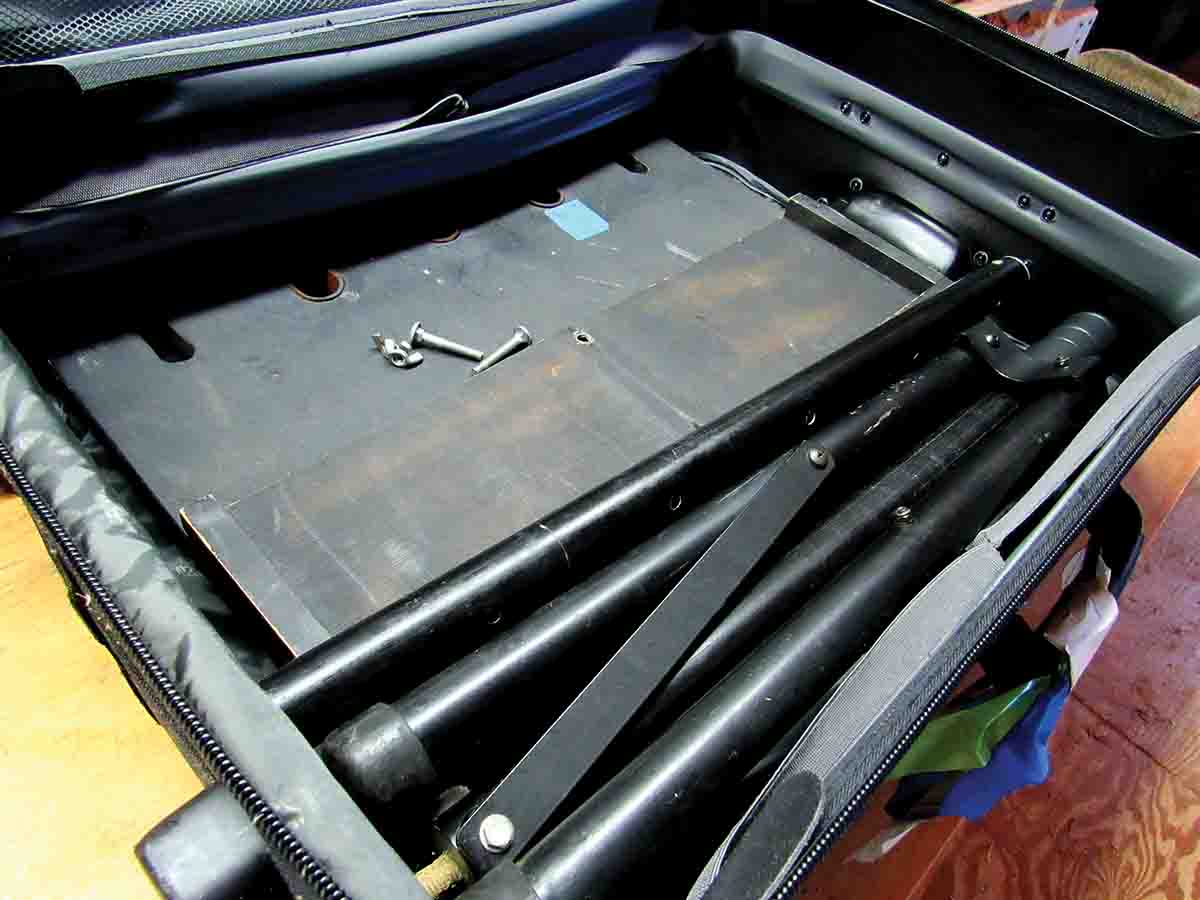
Here are some tips from experience and photos as examples. One of the best ways I have found to transport your bullets (“fishing weights”) is to carry them in your gun case. My aluminum gun case has two layers of foam in the bottom, so I cut out places in the bottom layer of foam to receive my fishing weight boxes. I never had a customs agent lift up the top piece of foam, they only saw my rifle and cleaning rods when they opened my case. I use bathroom scales to check my weight, so use up all the space you can and stay within the weight limit. Some shooters have carried their bullets in a checked bag, only to find out that a customs agent had opened up all the boxes and dumped them loose in the checked bag, which is not good. My shooting table will lay flat in the bottom of a large suitcase with very little disassembly and my windproof scope stand folds down to fit in the same suitcase along with my scope. Then, I fill the rest of the space with other things. I take my “down” scope and place it in my wife’s suitcase. It is amazing how much you can get in a carry-on bag, especially if two of you are traveling. If you wear your dress uniform and dress shoes while traveling, it saves you some luggage space. My middle son was in the navy and he showed me how he was taught to fold and roll up his clothes (including dress uniform), and fit everything in a duffle bag. If done properly, dress clothes come out without wrinkles. If at all possible, try to get a direct flight and travel at a time of day that works with your normal awake and sleep times. Europe is no problem, but Australia and South Africa are different. Move about on the plane as much as possible and drink plenty of water. Wear stretch socks if possible, and above all, have fun, take plenty of pictures, meet as many people as you can and be proud to represent the U.S.
I have enjoyed writing this series of articles and I think I have written about everything of which I am qualified. Wind reading, ballistics and other subjects I will leave to others. Remember, I did share the secret to winning in a previous article – “Everyone on the squad must be a team player and have fun.” Be more than a wannabe – just do it and good luck!


